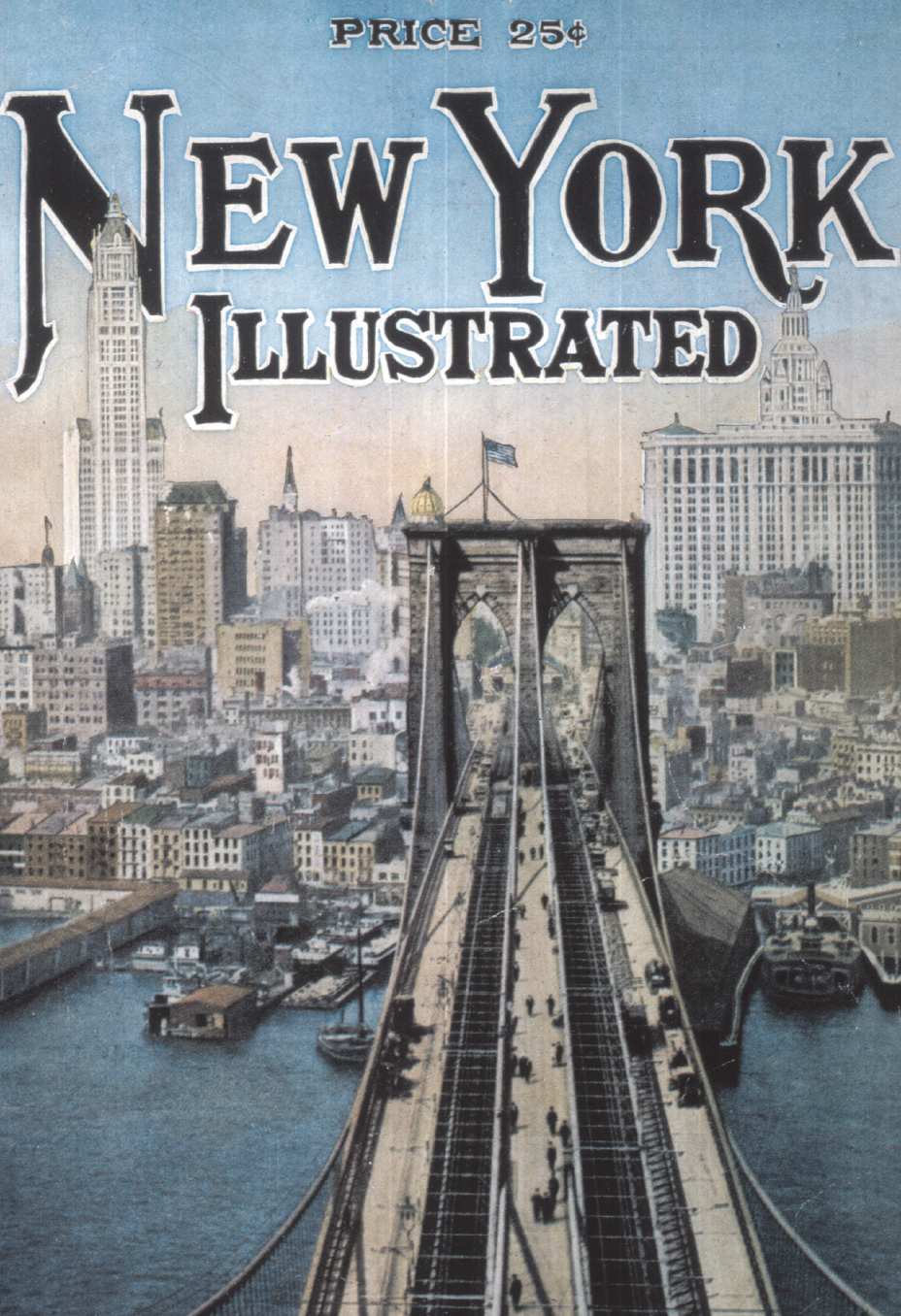THE GROWTH OF AMERICA’S CITIES
Printed Page 546
19
THE GROWTH OF AMERICA’S CITIES
1870–1900
After reading the chapter, use LearningCurve to retain what you’ve read.
> What were the most important outcomes of the expansion of American cities in the late nineteenth century? Chapter 19 explores urban growth and its consequences. It focuses on the nature of industrial labor and tensions between workers and employers and assesses the impact of urbanization on daily life. Finally, the chapter examines efforts by city government and private citizens to respond to the demands of rapid population growth.

Figure false: Brooklyn Bridge. Completed in 1883, the Brooklyn Bridge realized builder John Roebling’s dream of creating “a great work of art” as well as a superbly engineered bridge. Picture Research Consultants & Archives.
